Wras Valves
WRAS Approved TTV Gate Valve
WRAS Approved TTV Gate Valve
Couldn't load pickup availability
WRAS Certified
Introducing the WRAS Approved TTV Gate Valve, a high-quality and reliable valve designed to regulate the flow of water and other compatible fluids in a wide range of applications, including industrial, commercial, and residential settings. This gate valve is meticulously engineered to meet the stringent standards set by the Water Regulations Advisory Scheme (WRAS), ensuring superior durability and performance. Its robust construction and high-quality materials provide long-lasting service and excellent sealing capabilities, making it an ideal choice for fluid control in piping systems.
Key Features:
- WRAS Approved: Certified to meet UK water supply regulations, suitable for potable water applications.
- Durable Construction: Made from high-grade materials to withstand high pressure and corrosive environments.
- Reliable Sealing: Features a resilient, non-rising stem design for secure sealing and easy operation.
- Versatile Applications: Ideal for use in water supply systems, irrigation, and general industrial applications.
- Easy Maintenance: Designed for straightforward installation and minimal maintenance, reducing downtime and operational costs.
- Full Bore Design: Provides unrestricted flow with minimal pressure drop, enhancing system efficiency.
- Manual Operation: Equipped with a handwheel for manual operation, allowing precise control over fluid flow.
Specifications:
- WRAS Approval: Certified for use with potable water, ensuring compliance with UK standards.
- Construction Material: High-grade materials (e.g., brass, ductile iron, stainless steel) for durability.
- Sealing Mechanism: Resilient, non-rising stem design for secure sealing and easy operation.
- Application Range: Suitable for water supply systems, irrigation, and industrial applications.
- Maintenance: Easy to install and maintain, minimizing downtime and costs.
- Design: Full bore design for minimal pressure drop and unrestricted flow.
- Operation: Manual handwheel for precise control over fluid flow.
- Size Range: Available in various sizes to fit different piping systems.
- Pressure Rating: High pressure tolerance, suitable for a wide range of operating conditions.
- Temperature Range: Can operate under a wide range of temperatures, suitable for diverse environments.
Share
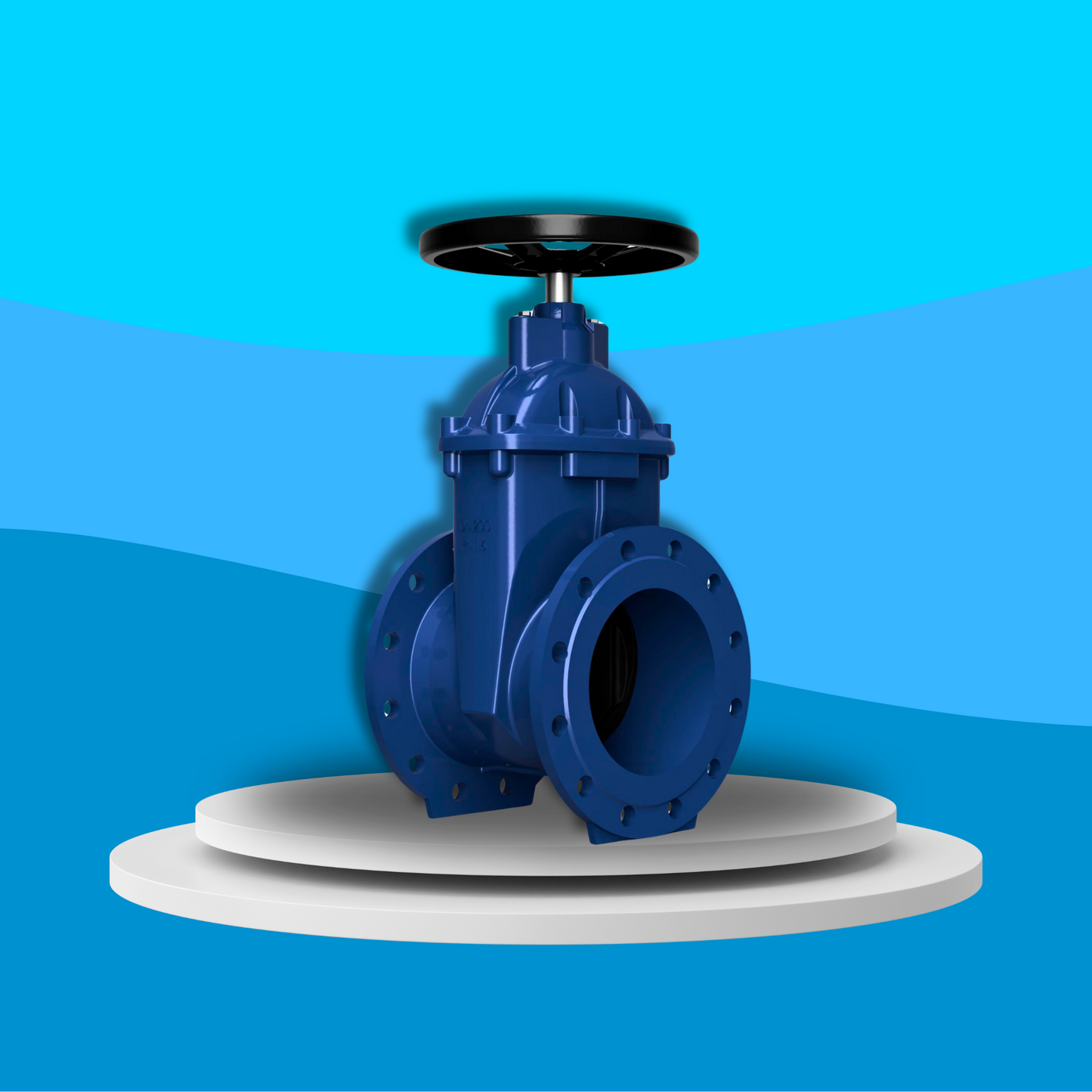
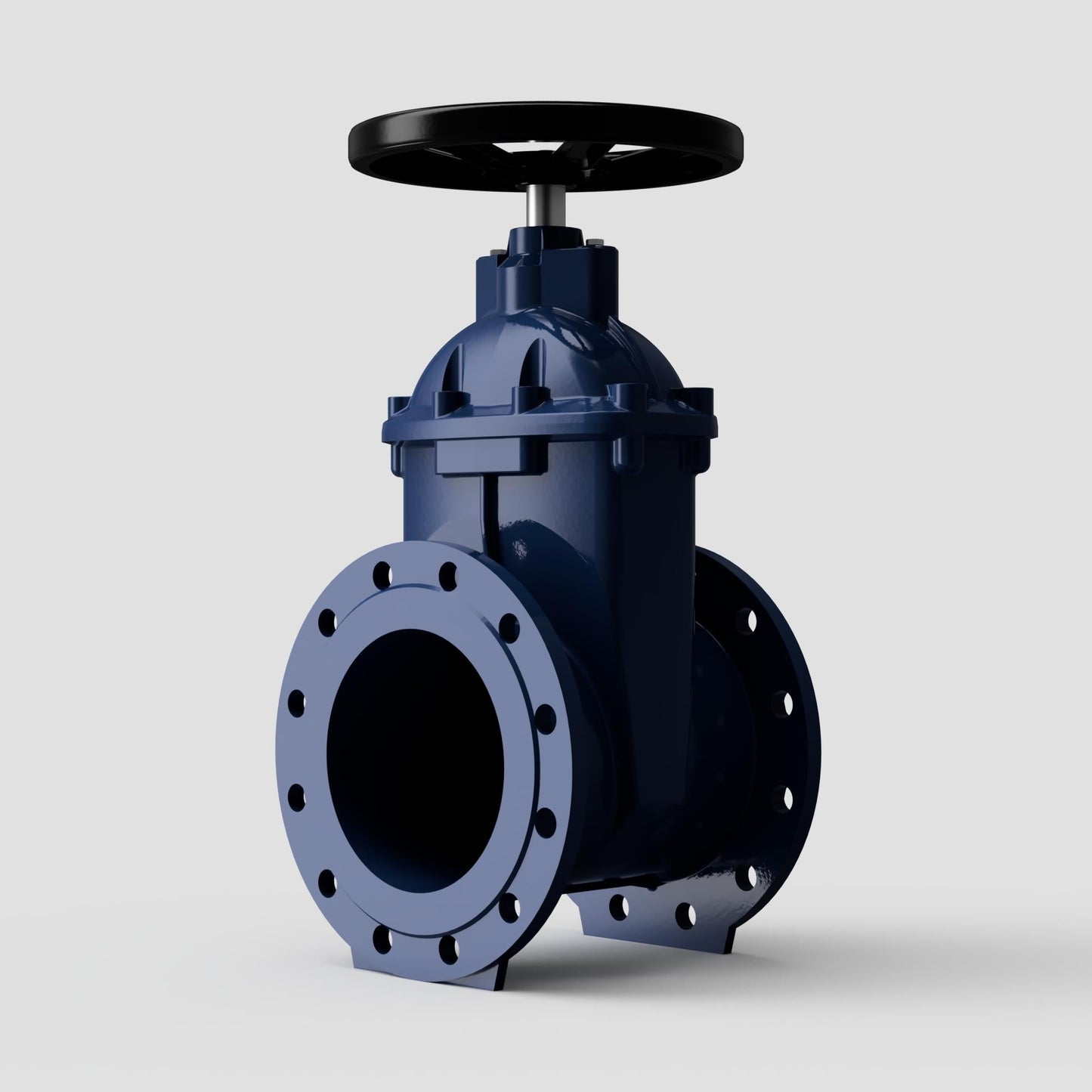
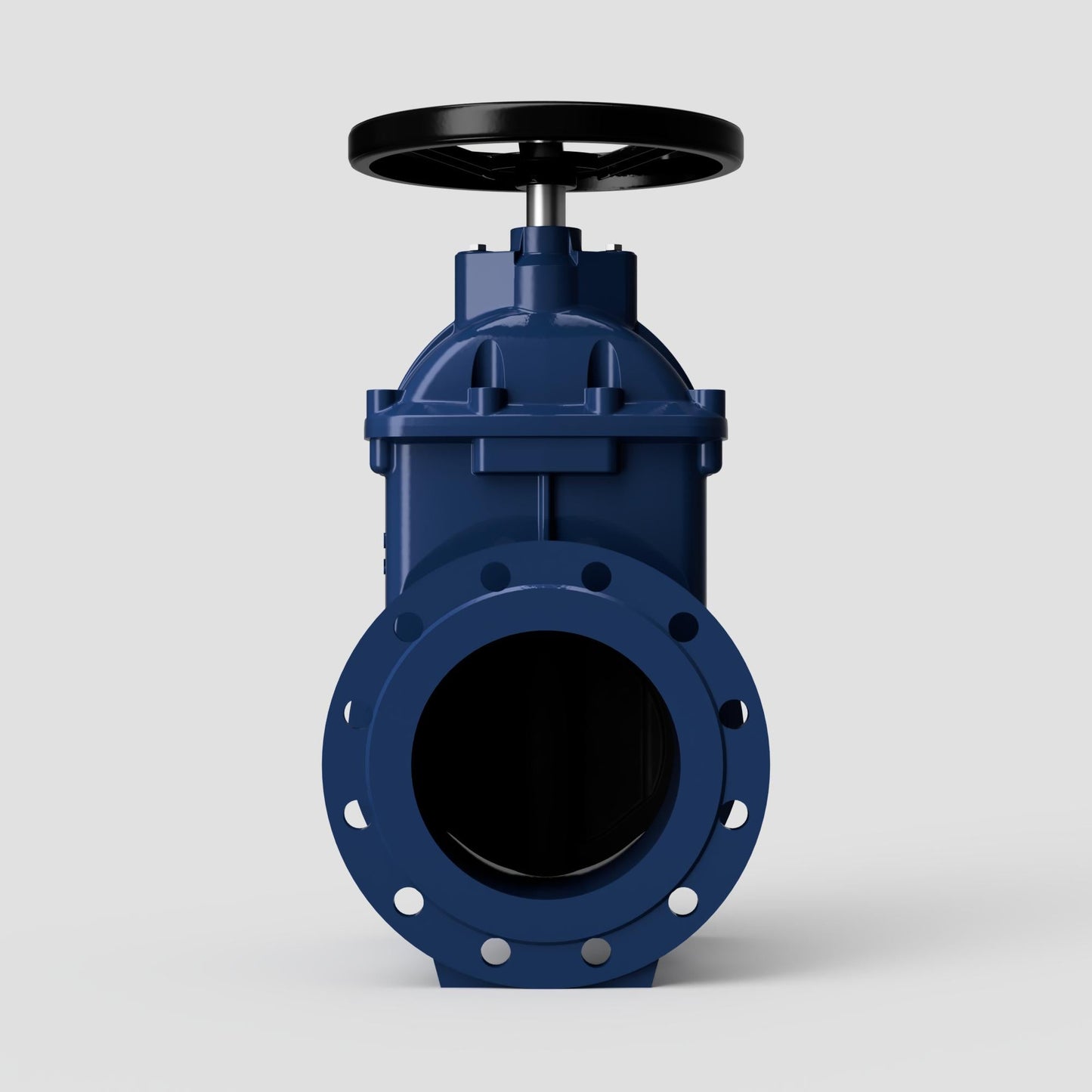
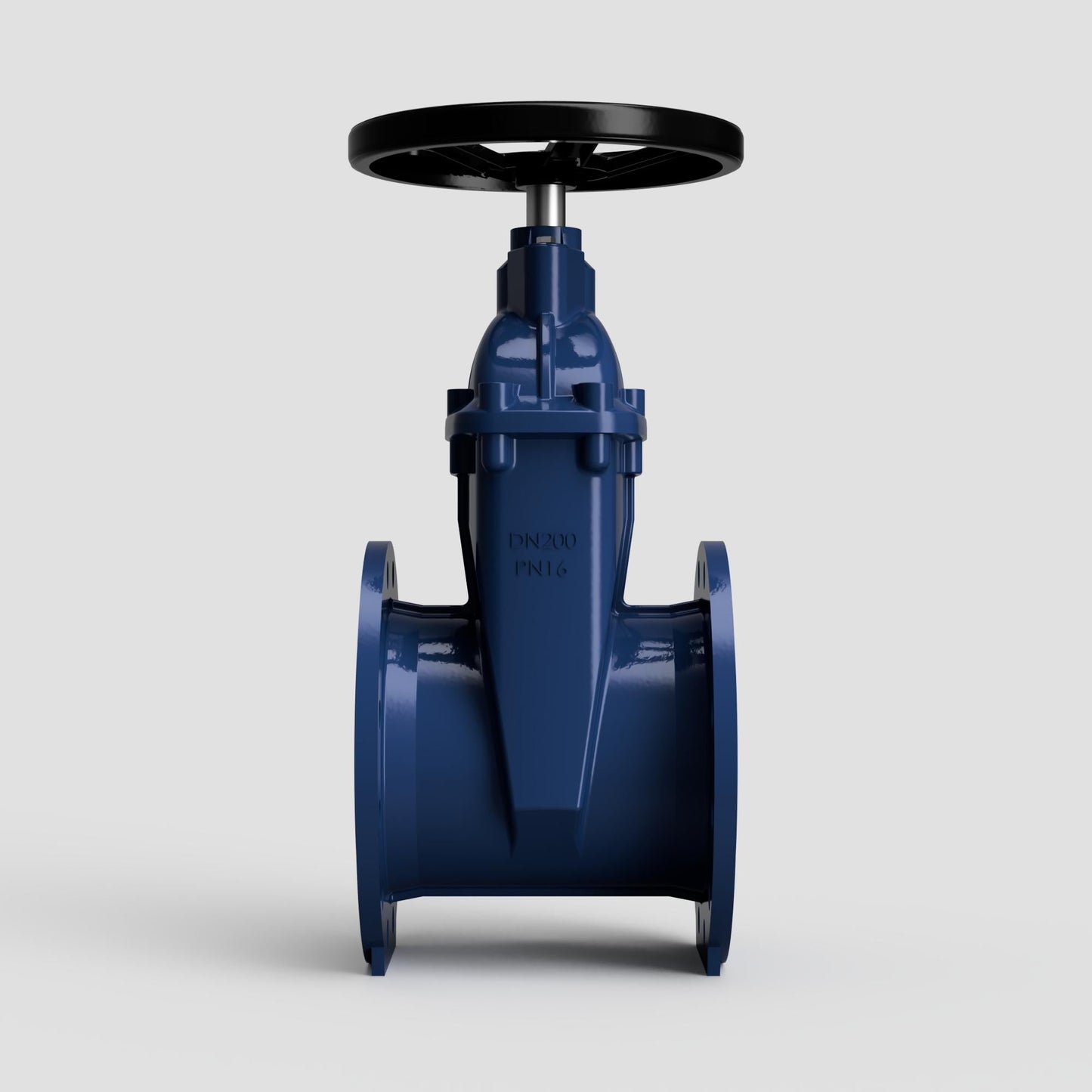
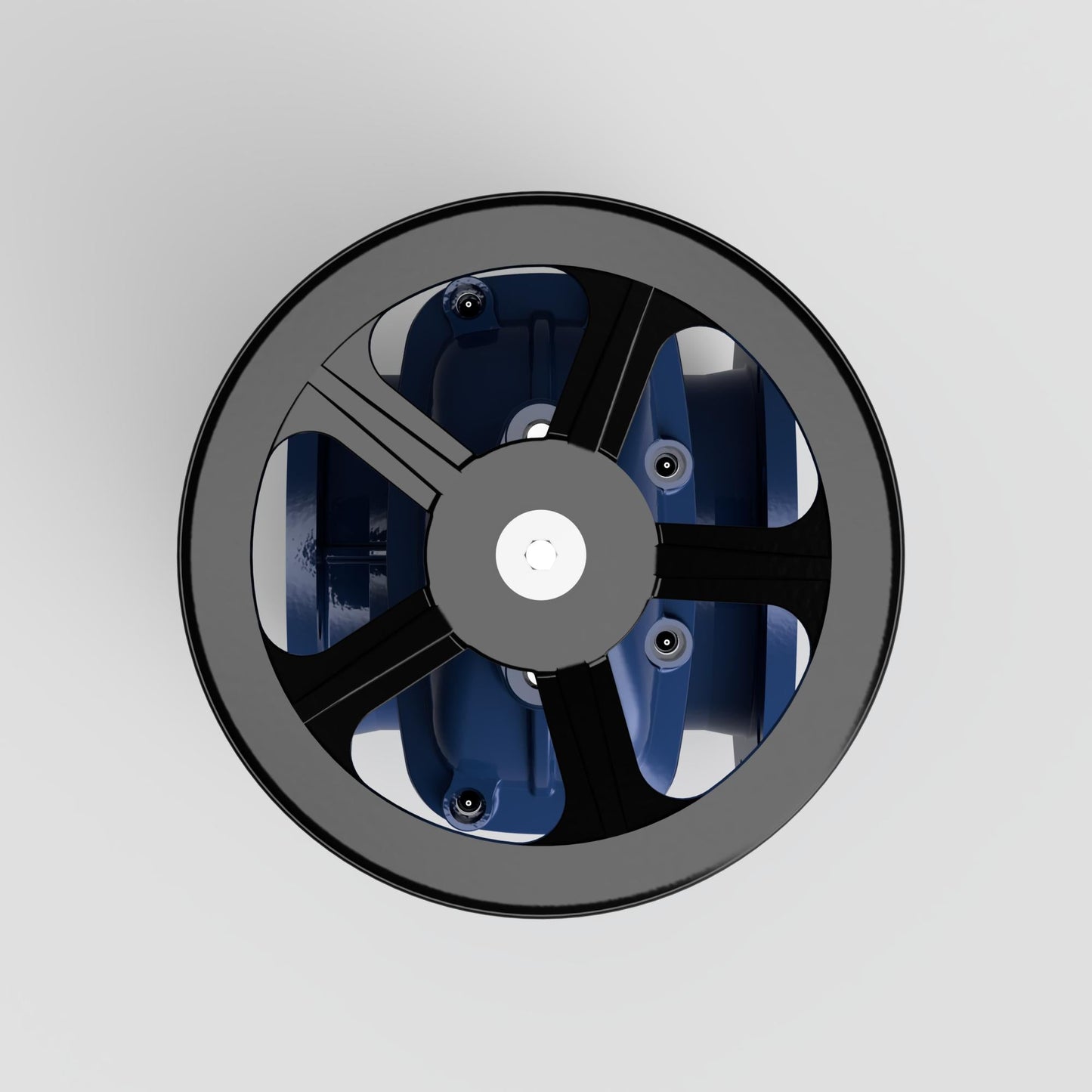
FAQ's
What is the difference between a valve and an actuator?
What types of actuators are available?
The main types of actuators are:
Pneumatic actuators – use compressed air for fast, reliable operation.
Electric actuators – use electrical power for precise control.
Hydraulic actuators – use fluid pressure for high-torque applications.
Each type offers unique advantages depending on the environment, media, and system control needs.
How do I choose the right actuator for my valve?
To select the correct actuator, consider:
Valve type and torque requirement
Power source available (air, electric, or hydraulic)
Operating environment (temperature, humidity, hazardous area)
Control signal type (on/off or modulating)
Matching actuator torque and compatibility with the valve’s ISO mounting ensures reliable performance.
What are the main types of valves used in automation?
The most common valves in automated systems include:
Ball valves – for tight shutoff and quick operation.
Butterfly valves – for larger flow control with compact design.
Globe valves – for precise throttling and flow regulation.
Check valves – to prevent backflow.
Gate valves – for full bore flow isolation.
What’s the difference between a double-acting and spring-return actuator?
Double-acting actuators use air (or power) to both open and close the valve.
Spring-return actuators use air to open (or close) the valve, and a built-in spring to automatically return it to a safe position when power or air is lost — ideal for fail-safe operation.
How often should valves and actuators be serviced?
Regular maintenance intervals depend on operating conditions, but a good rule of thumb is to inspect every 6–12 months.
This includes checking for leaks, lubrication, seal wear, and actuator responsiveness to prevent unexpected downtime.





